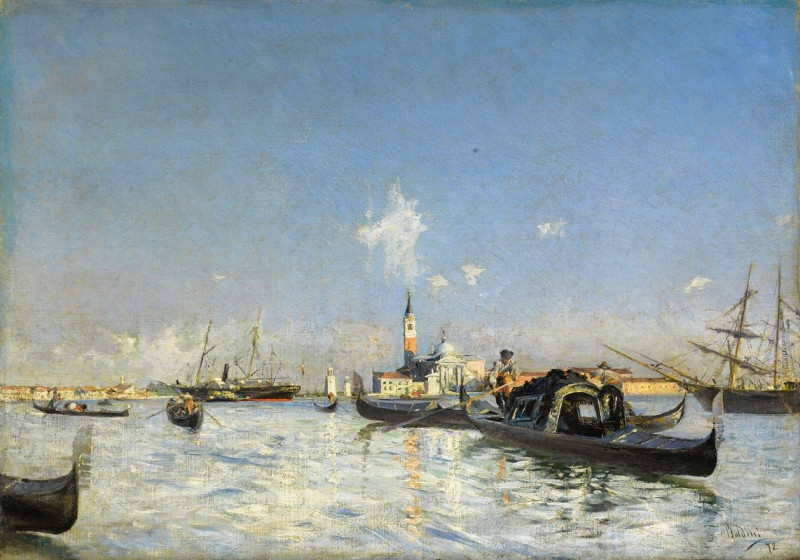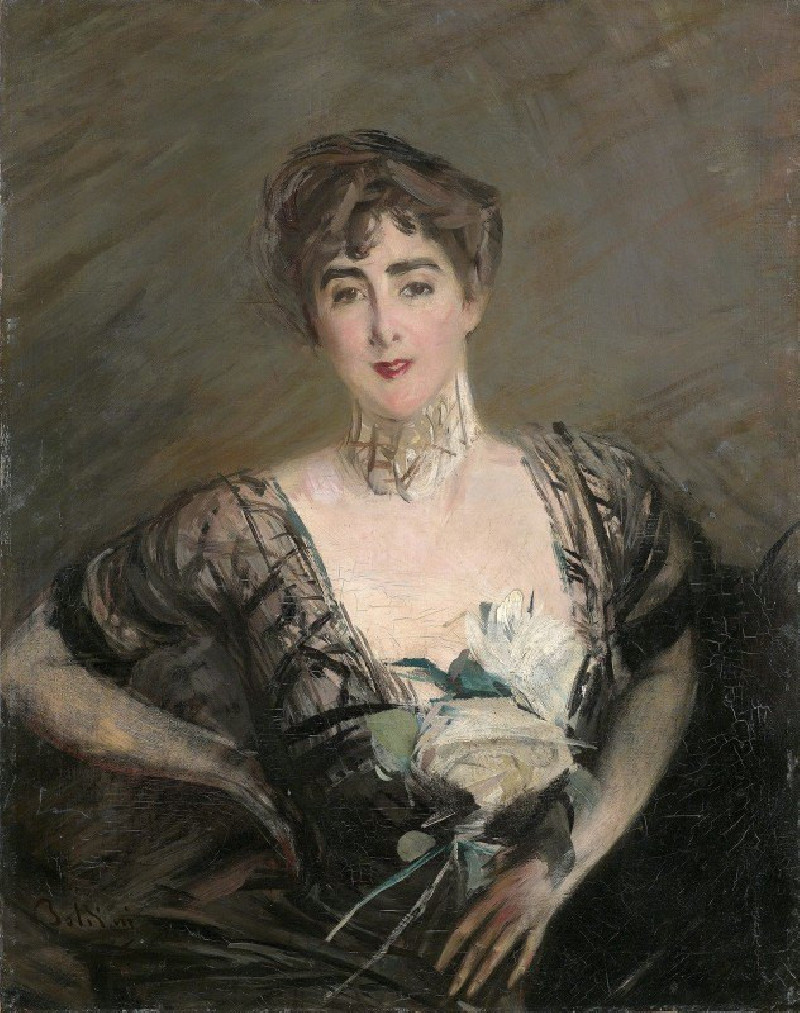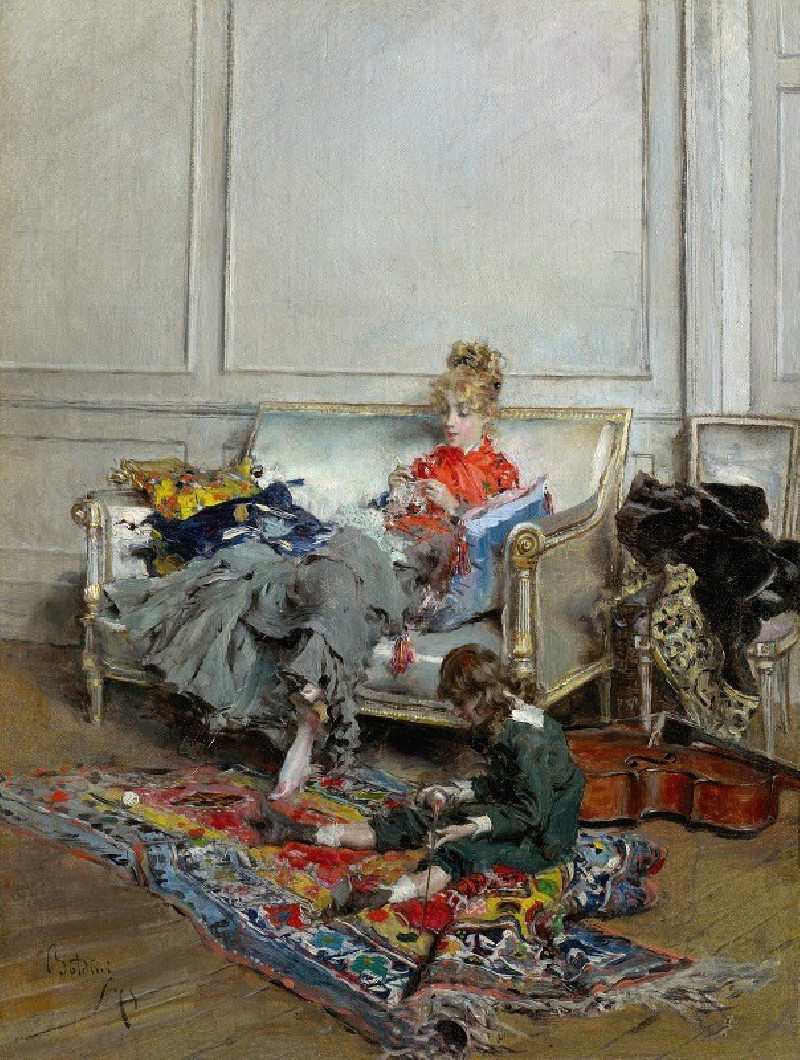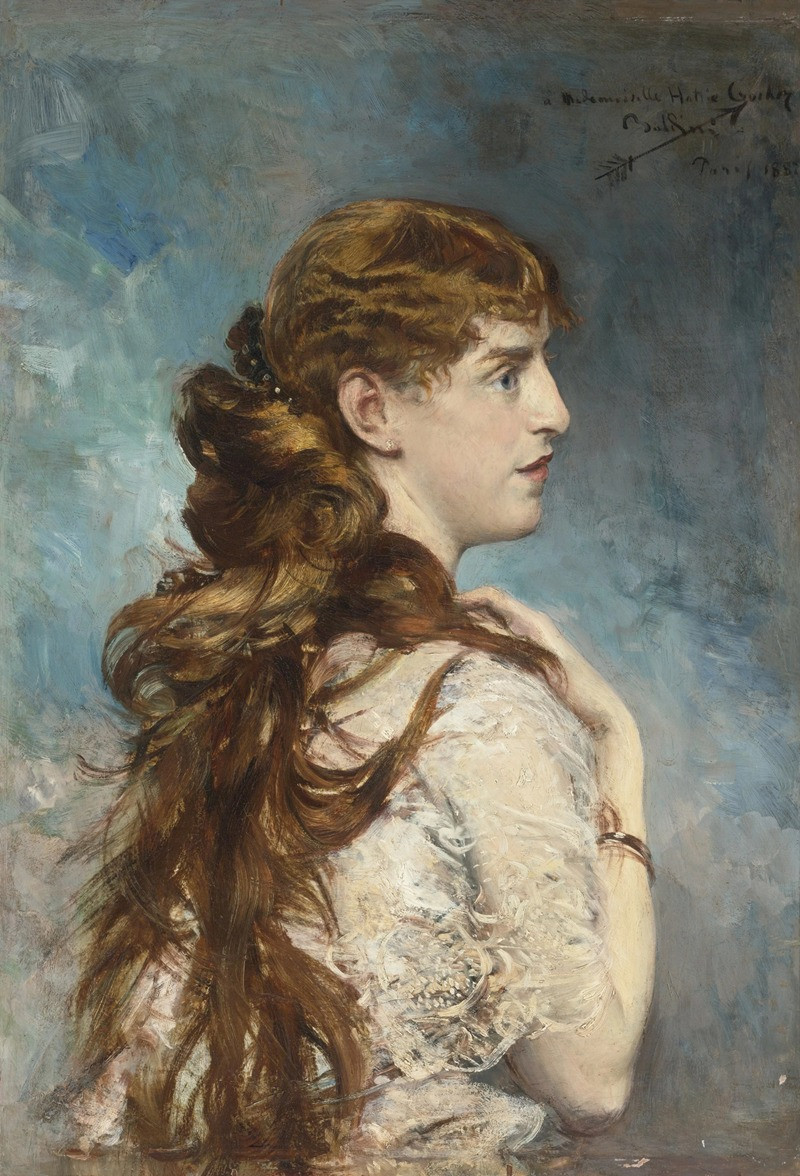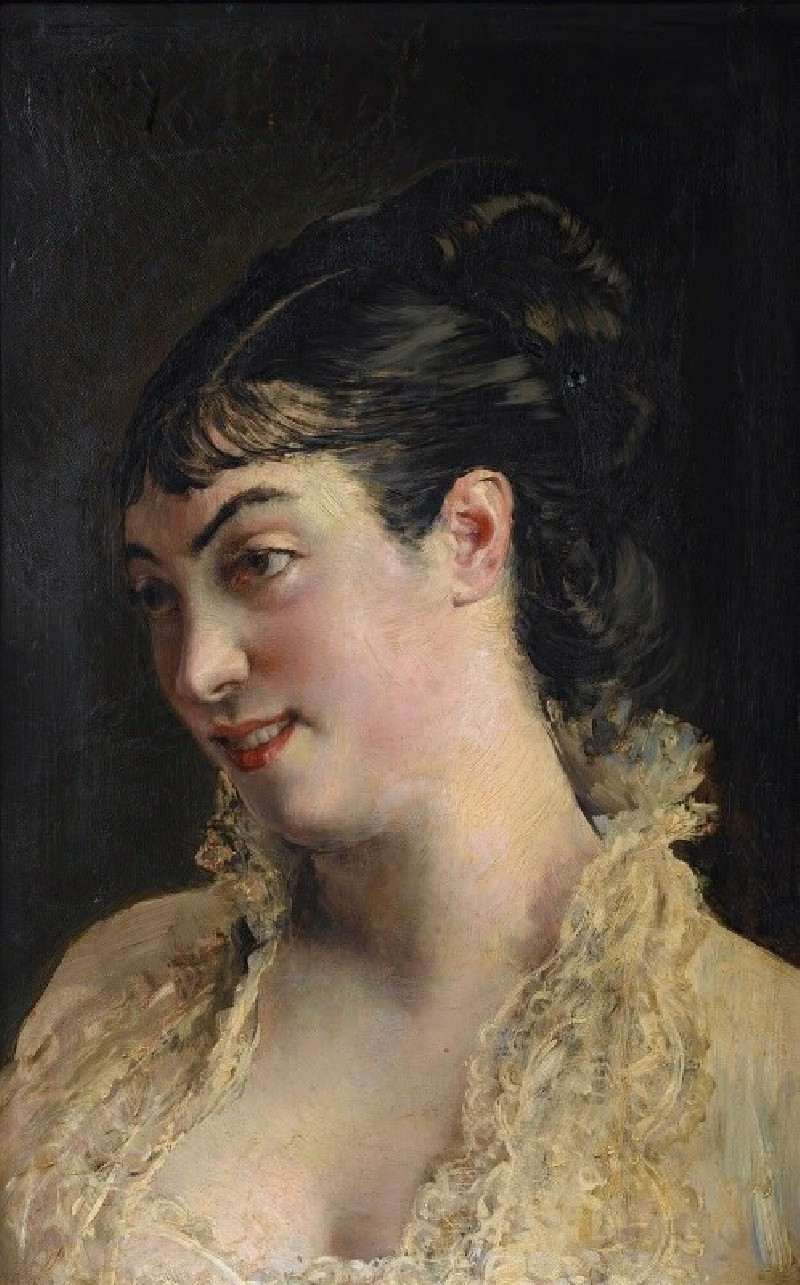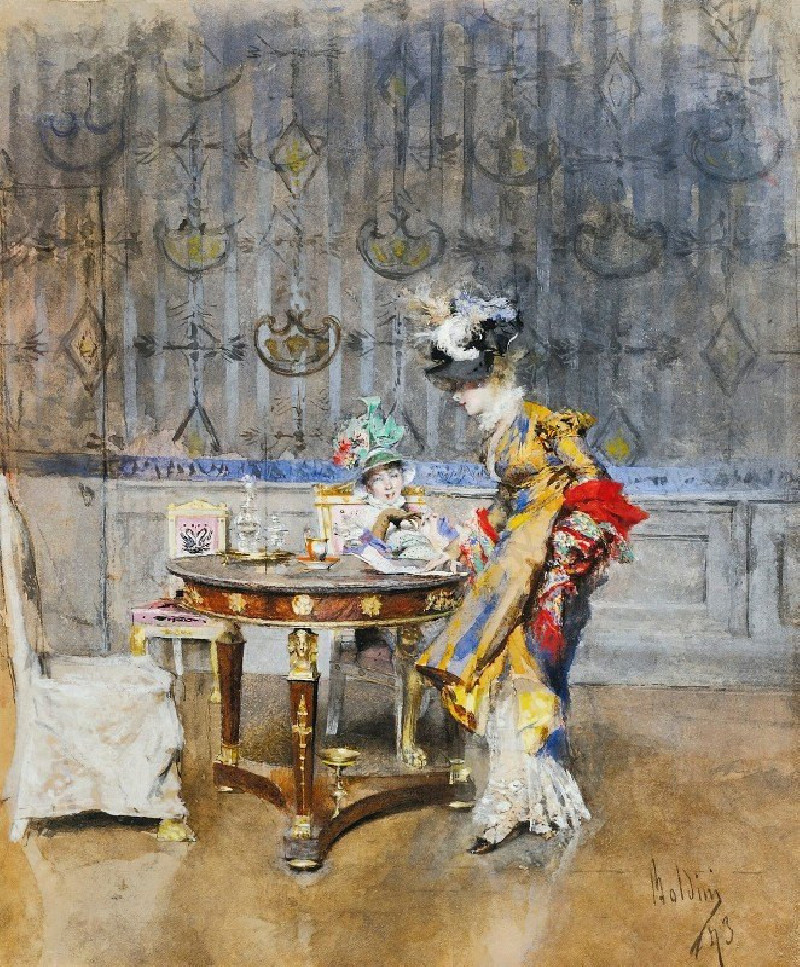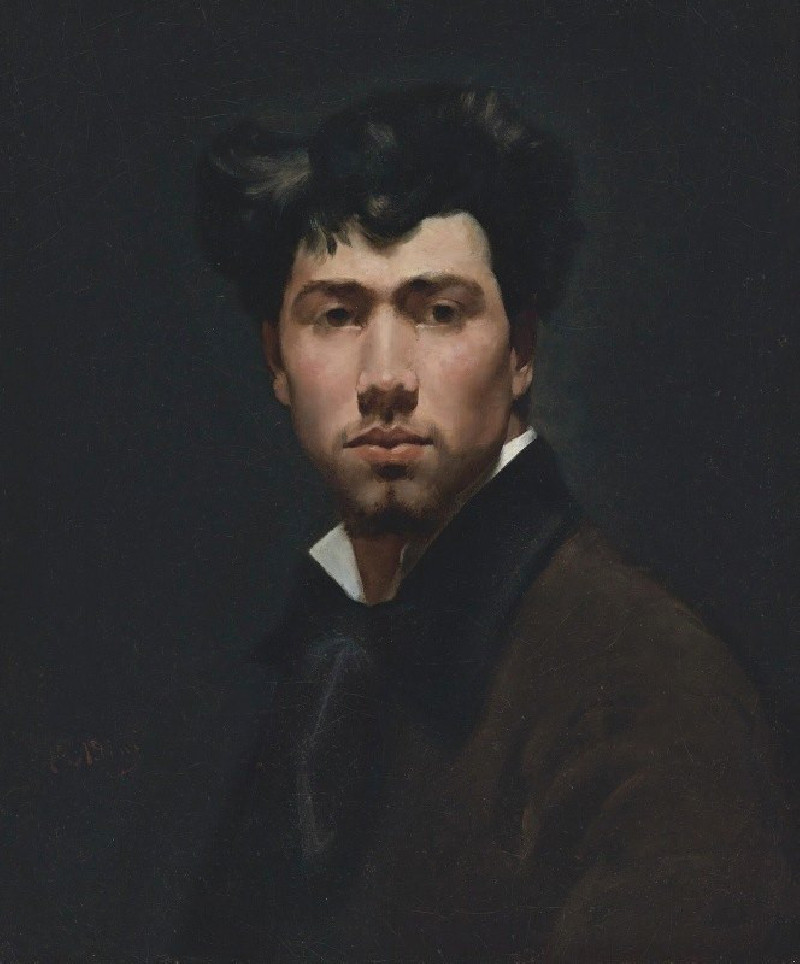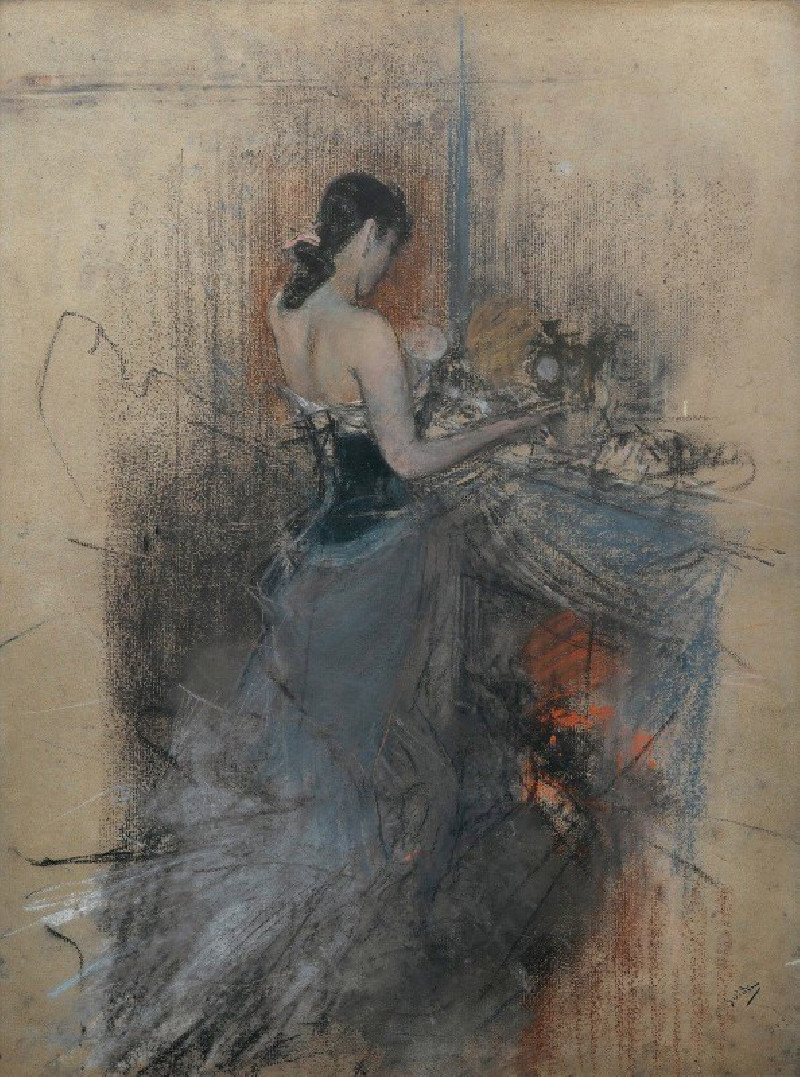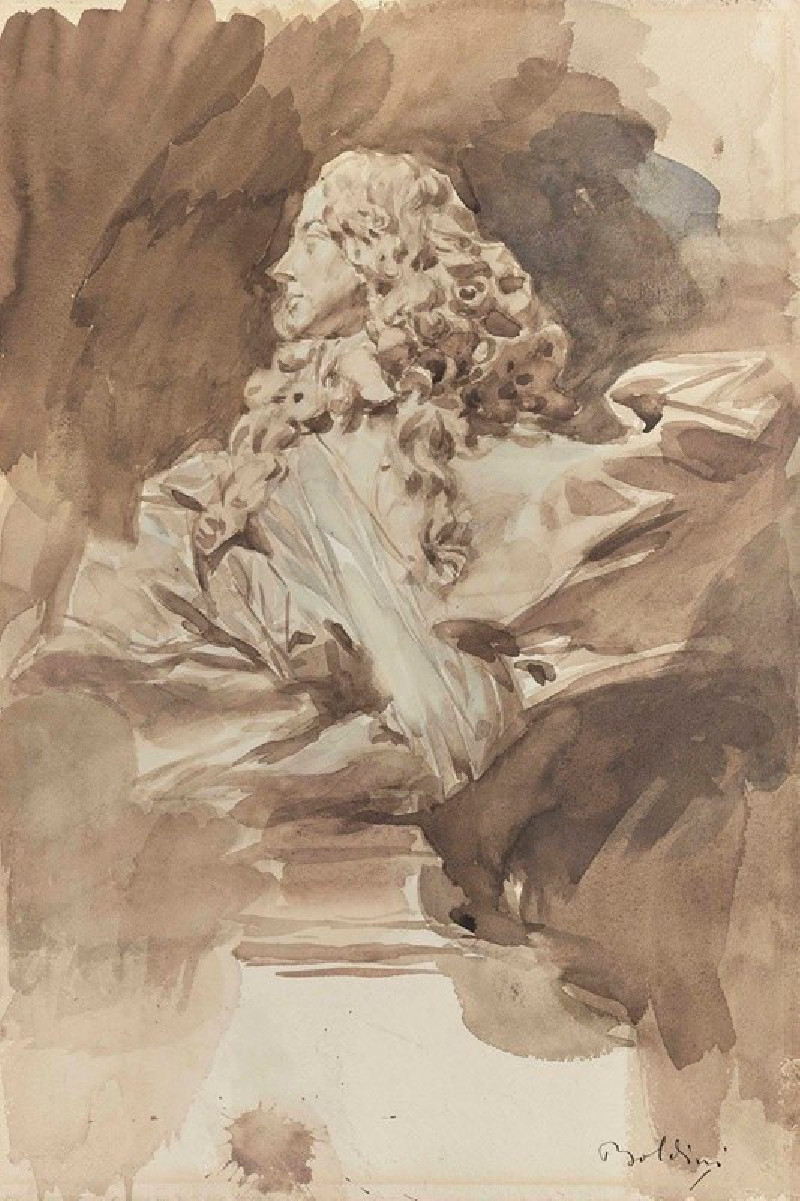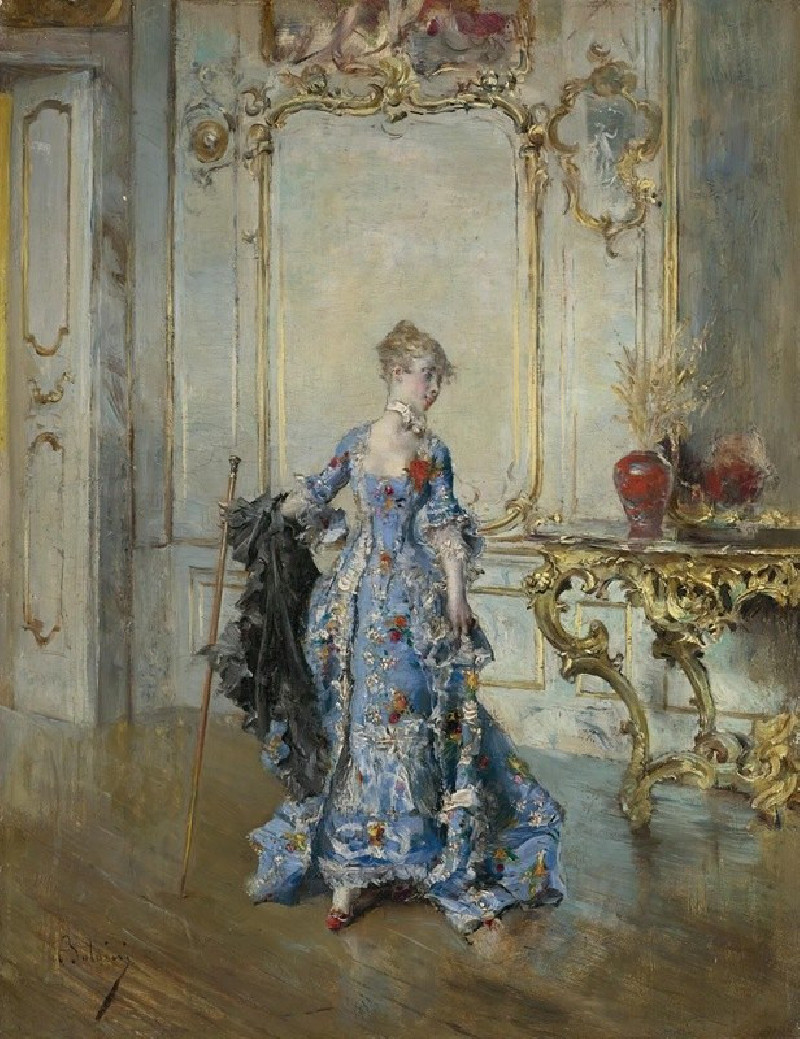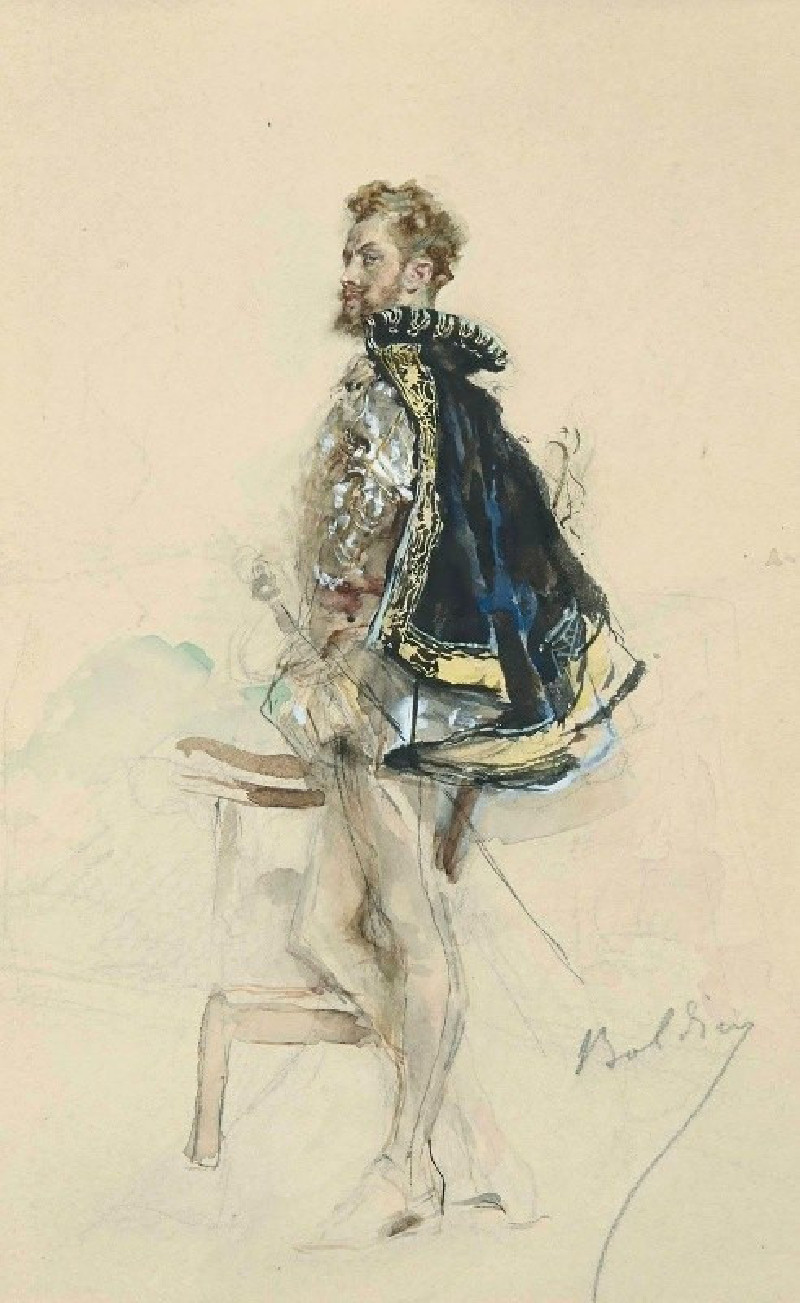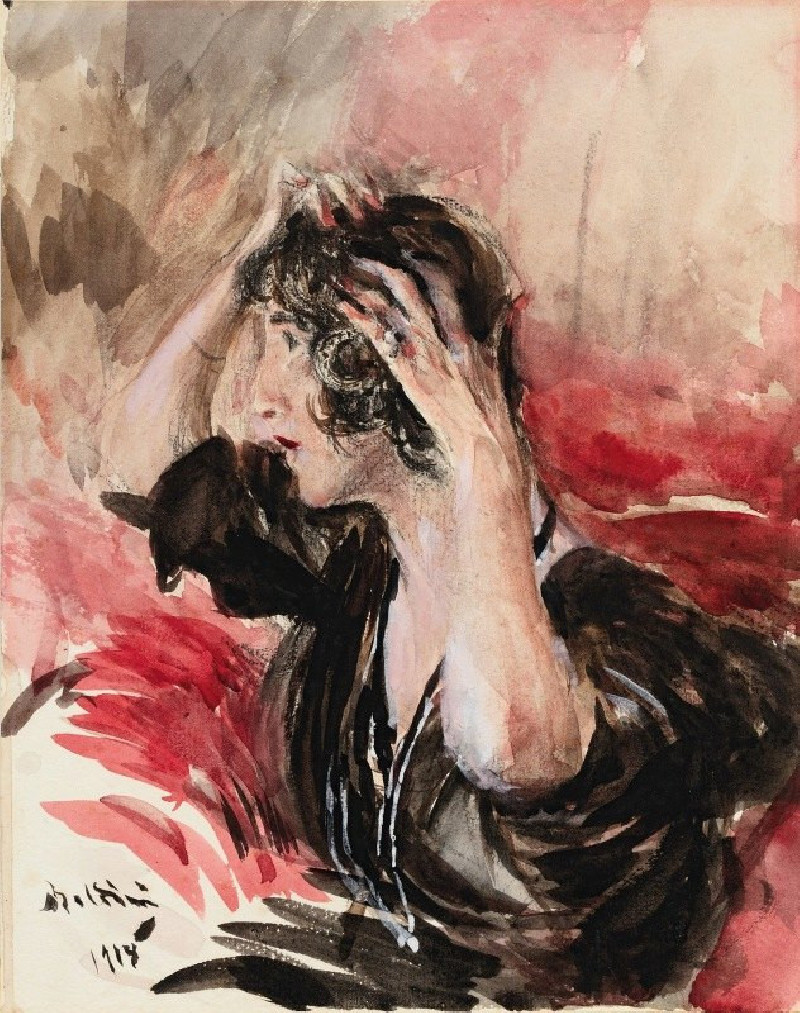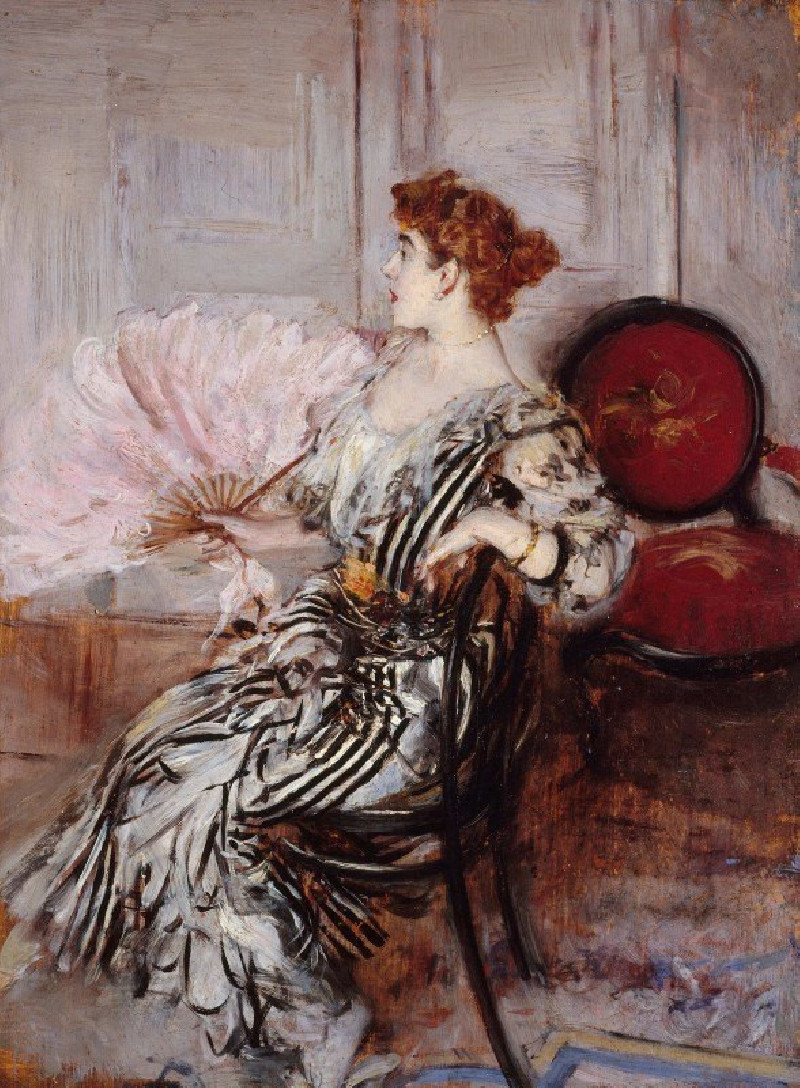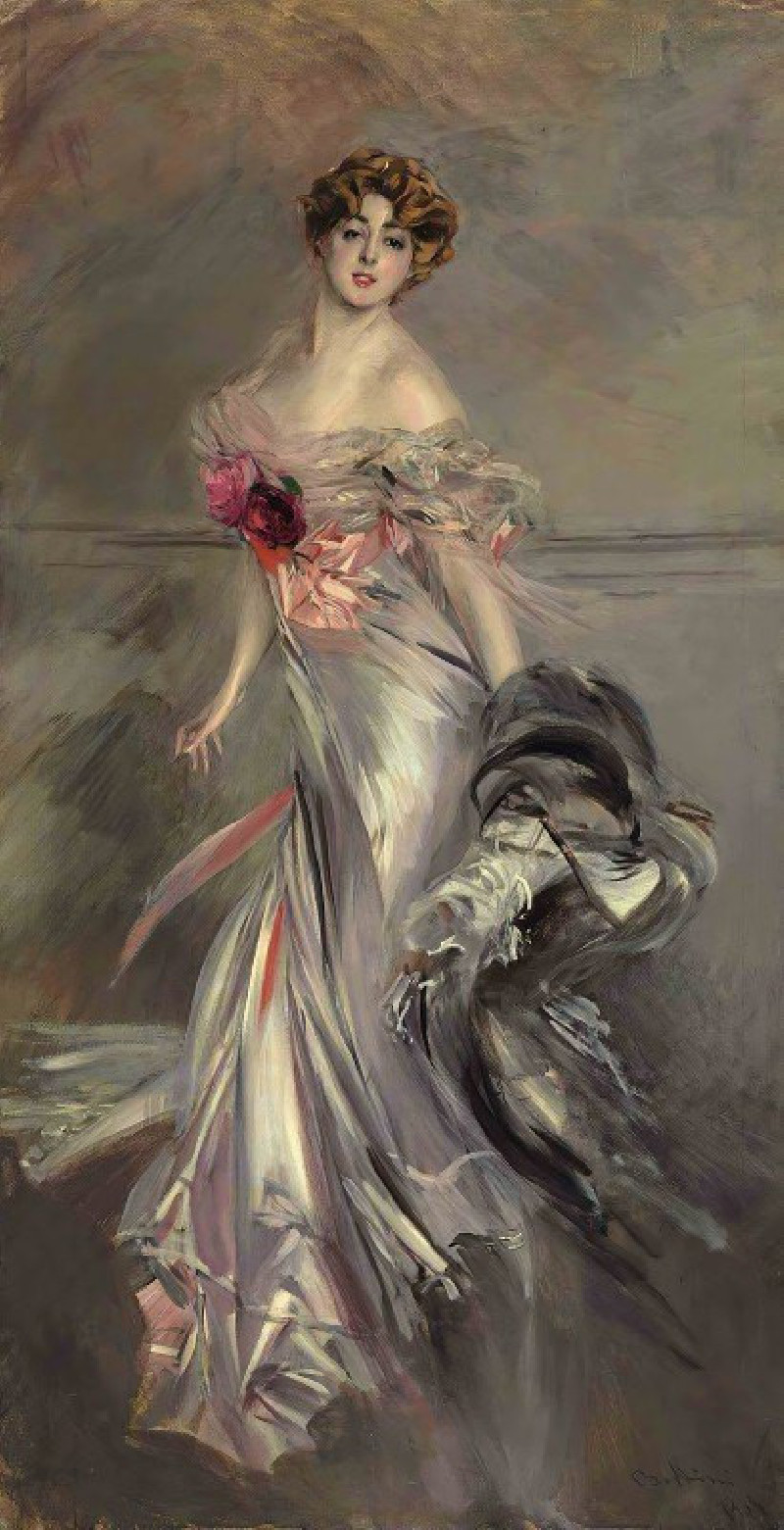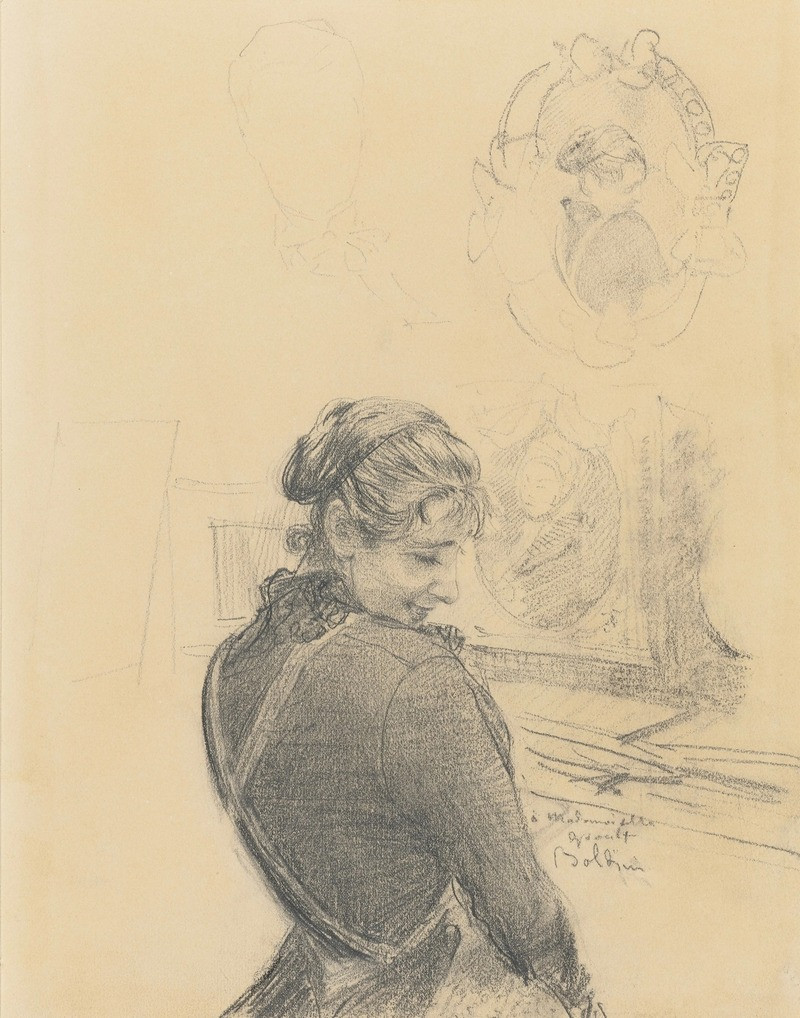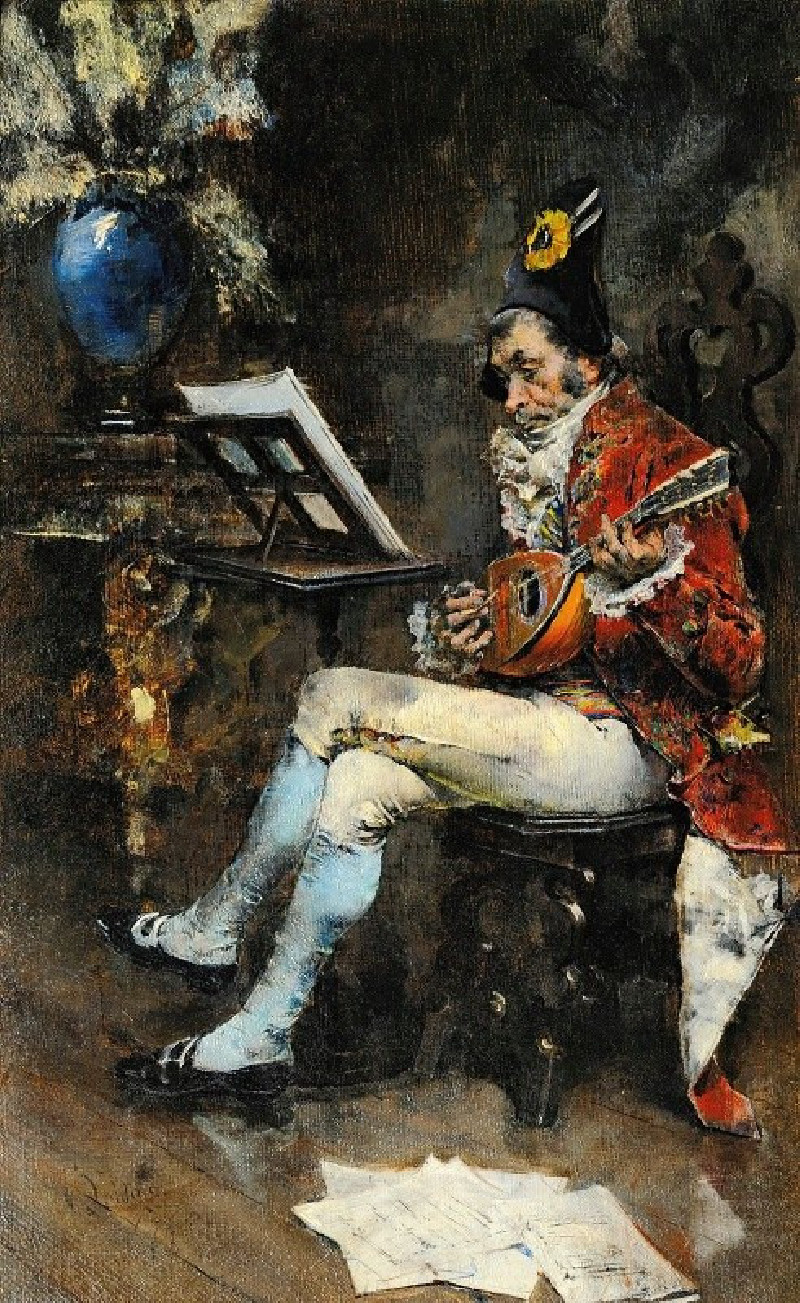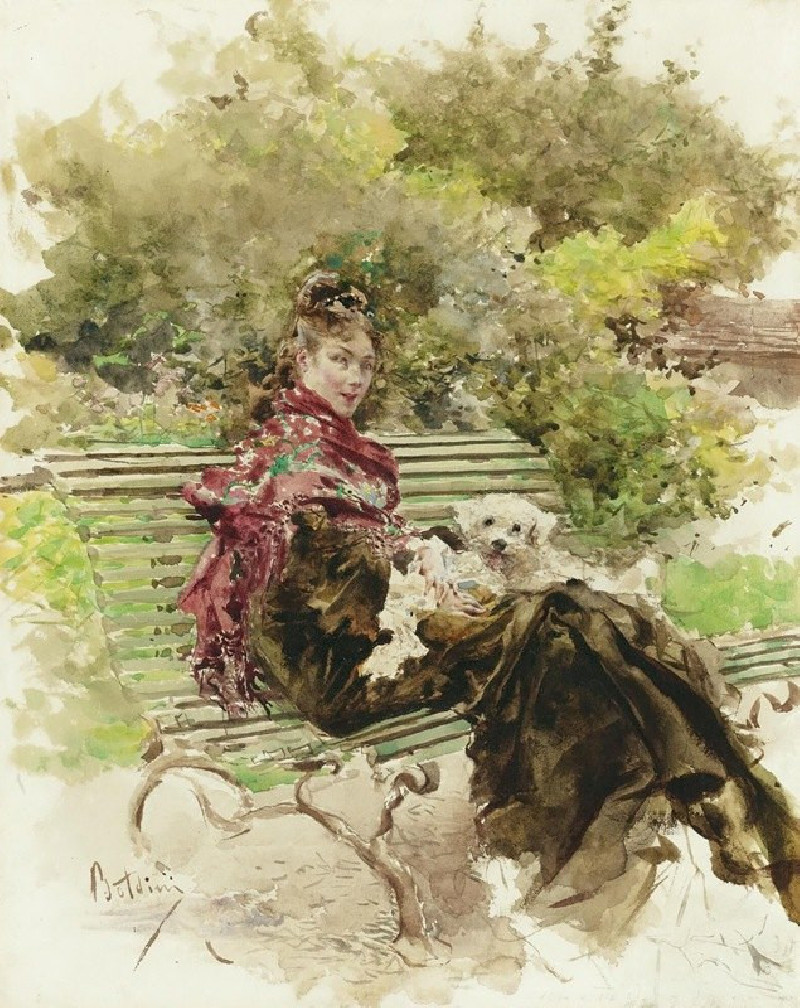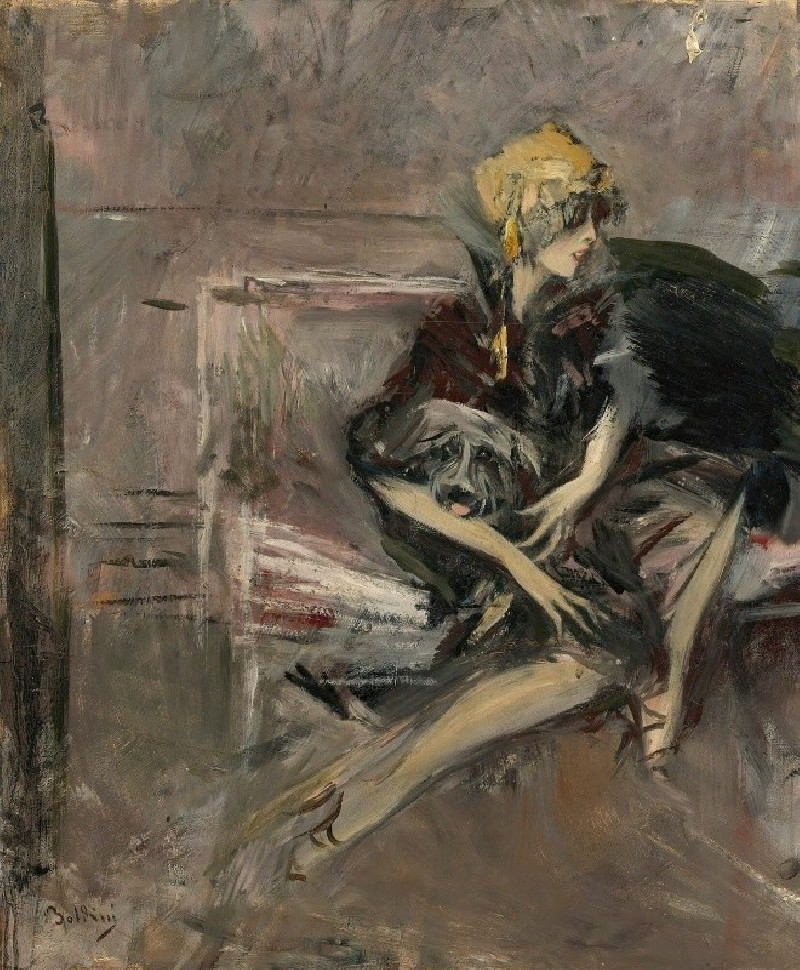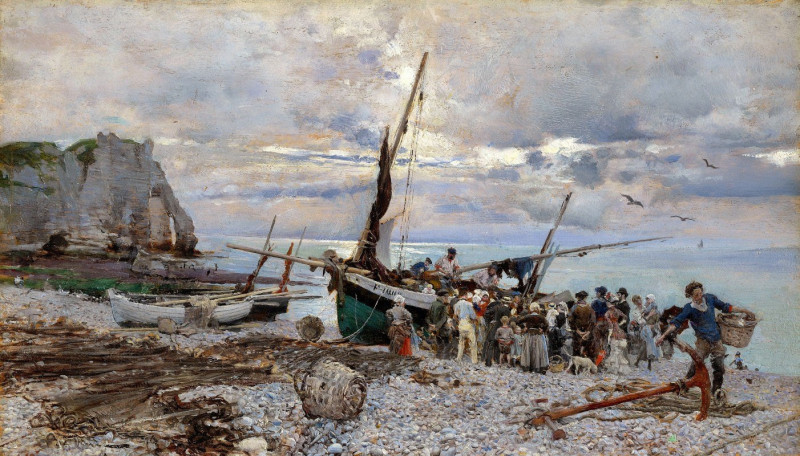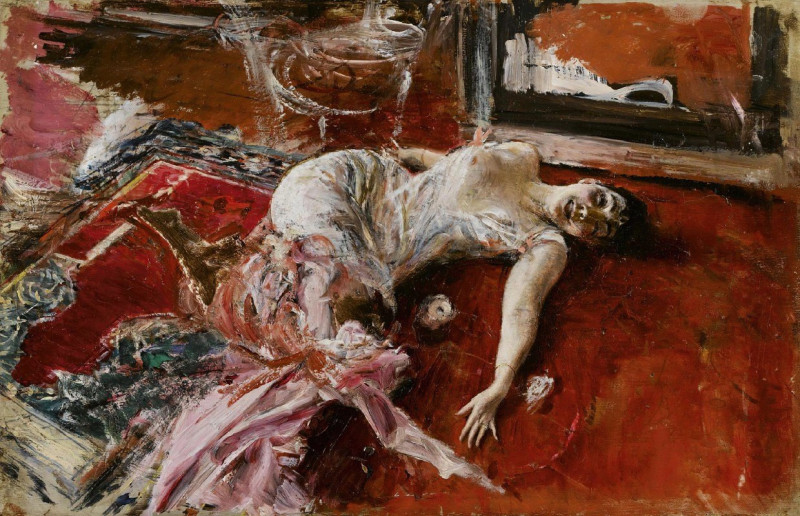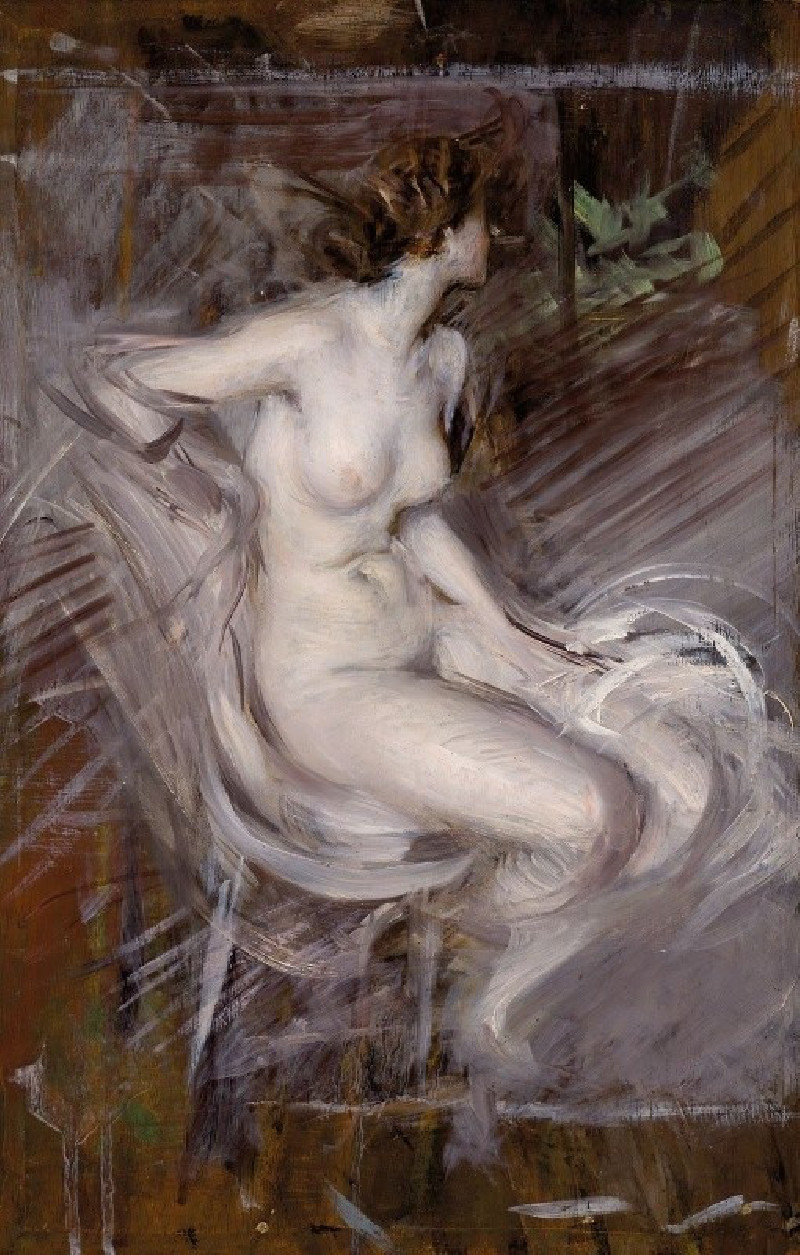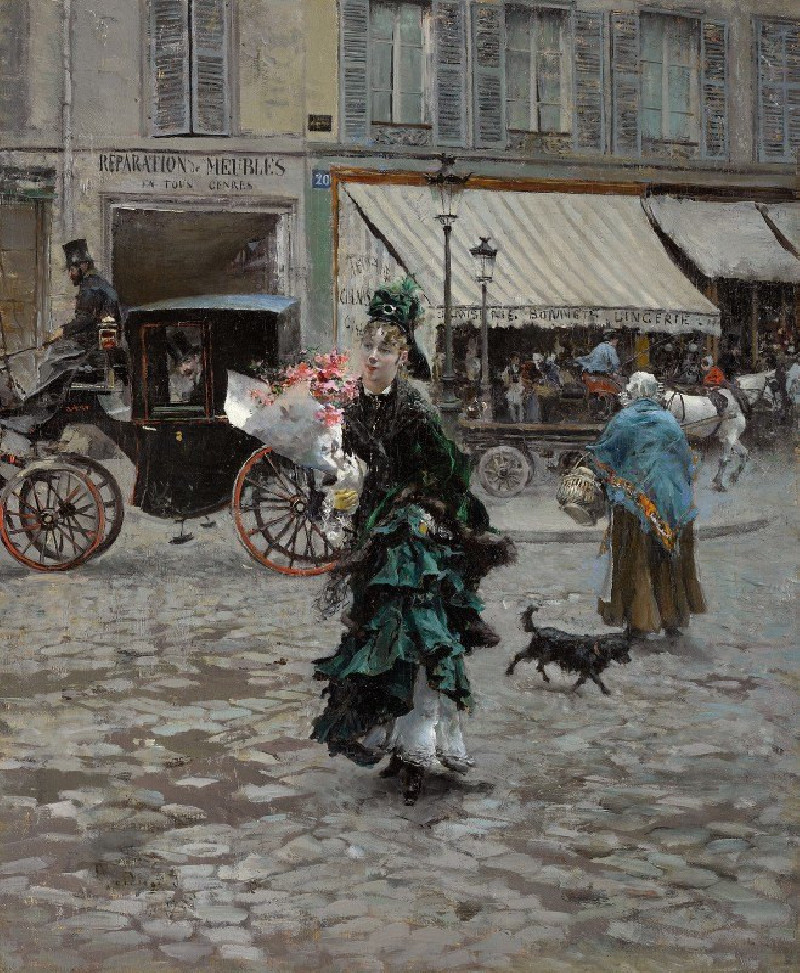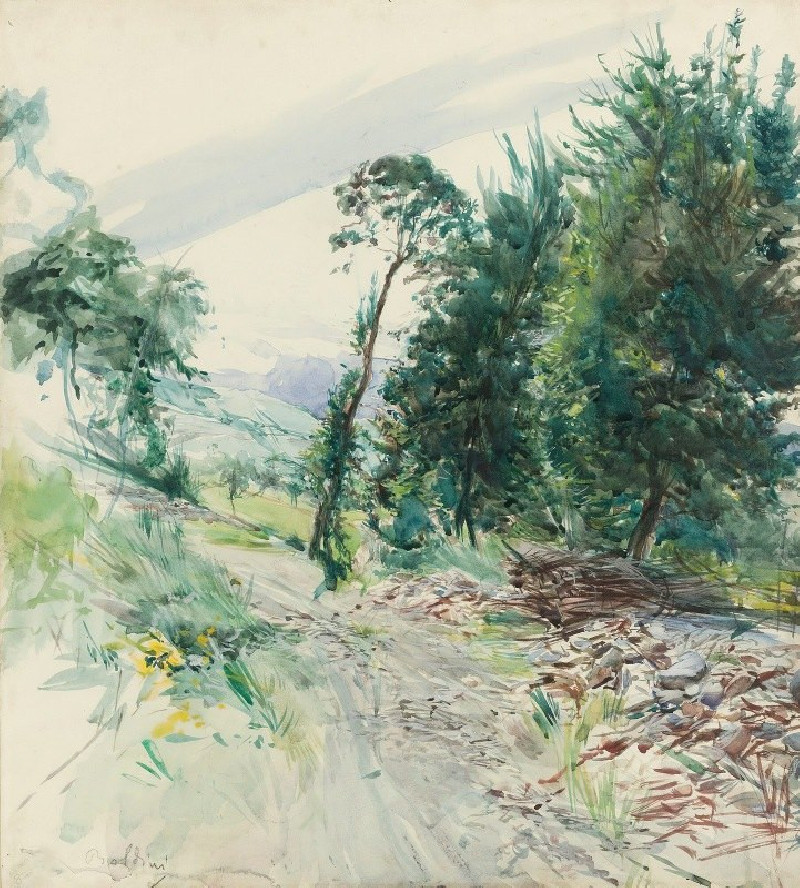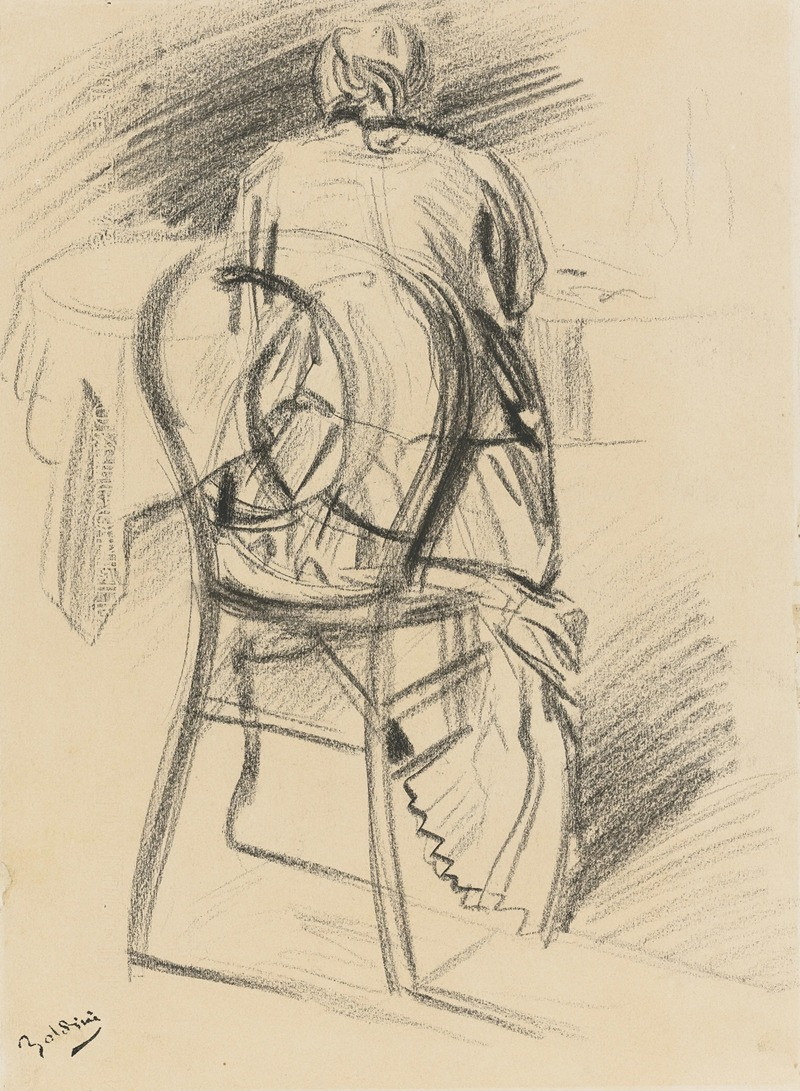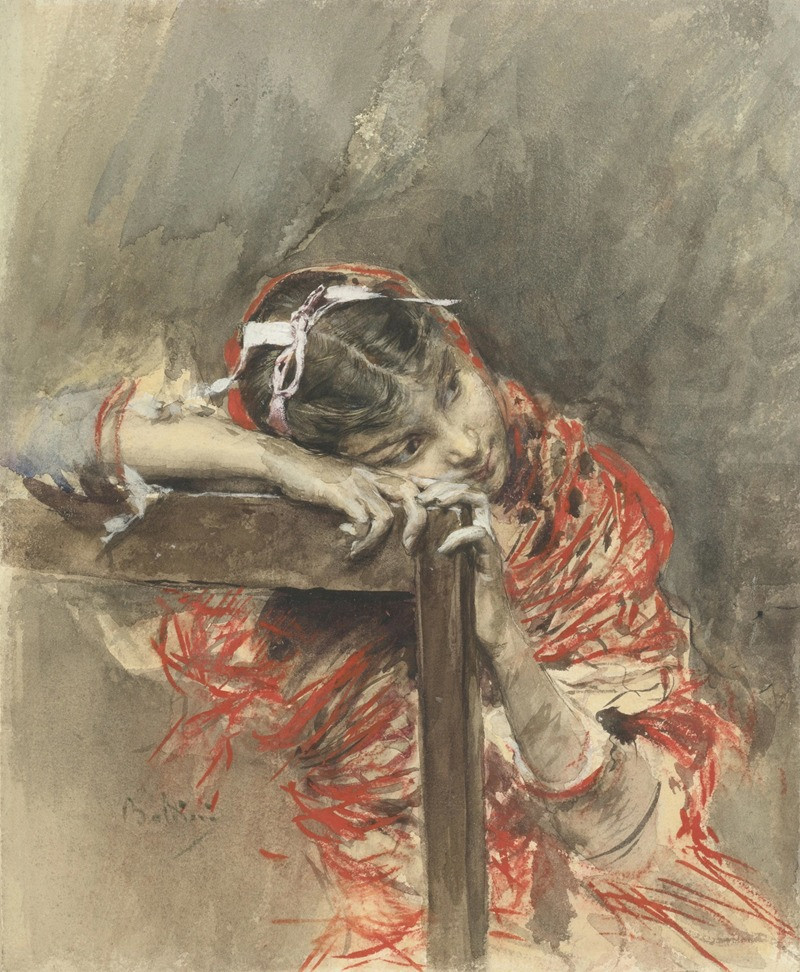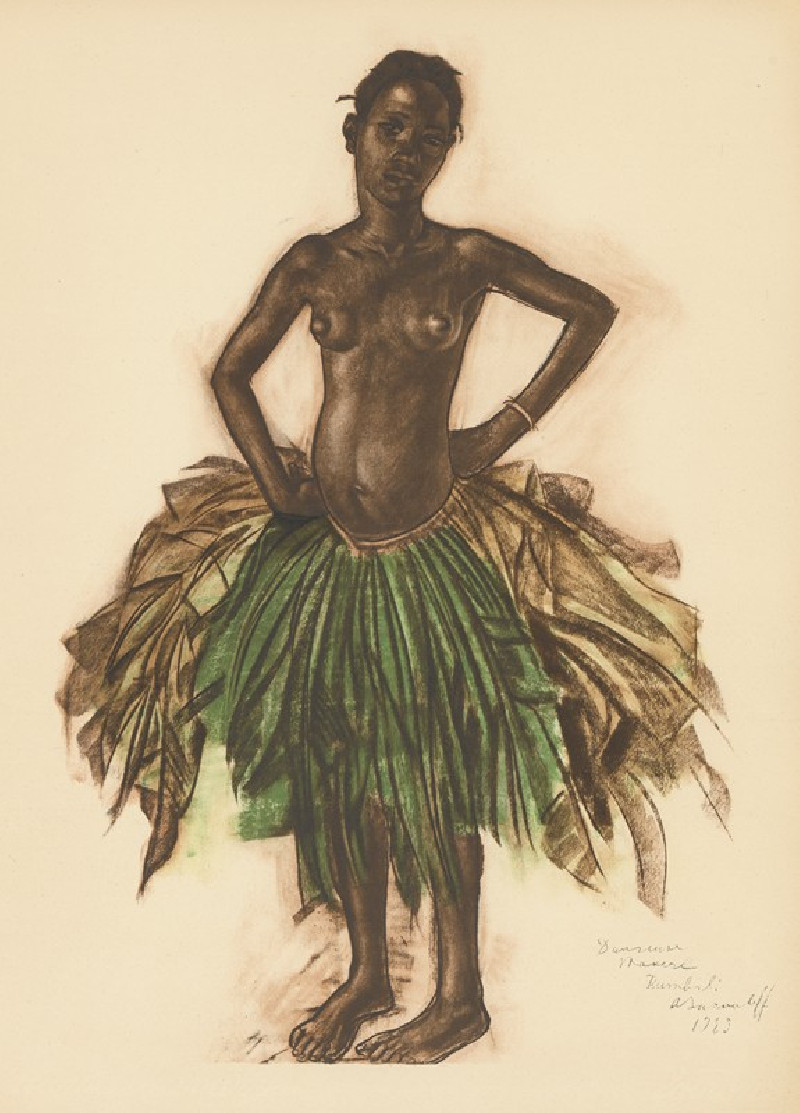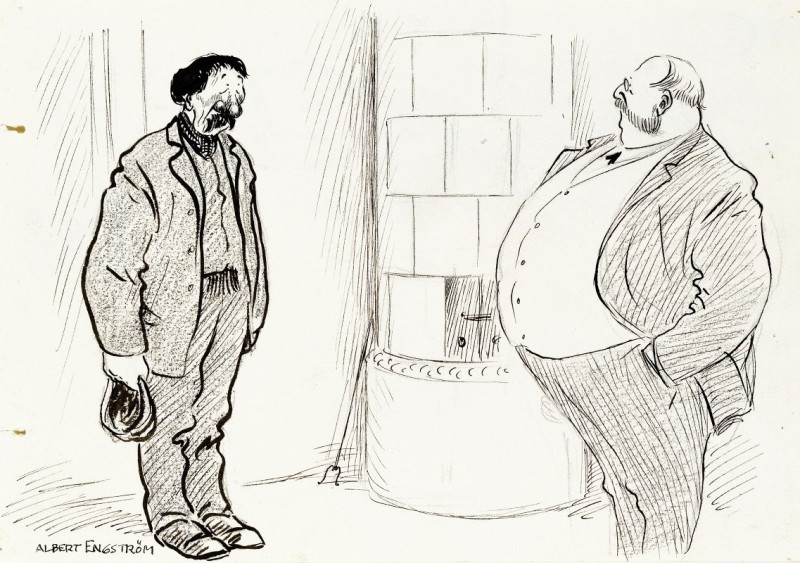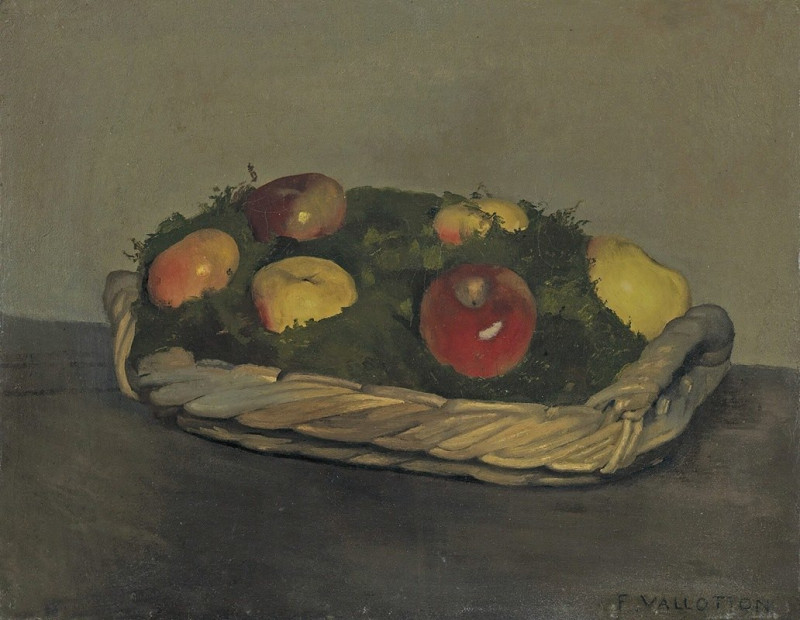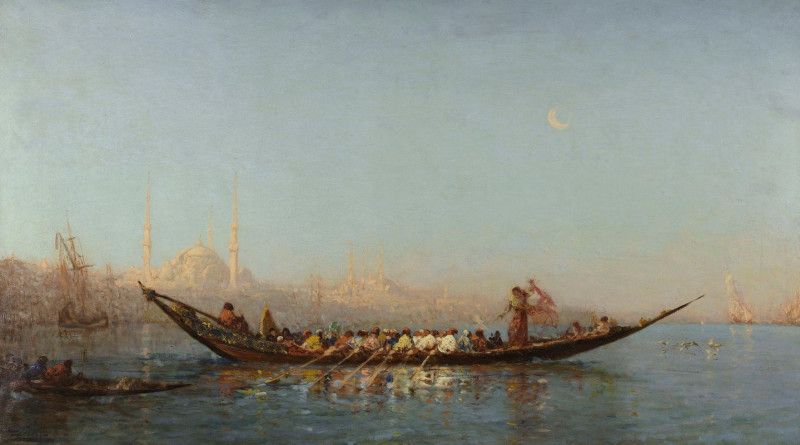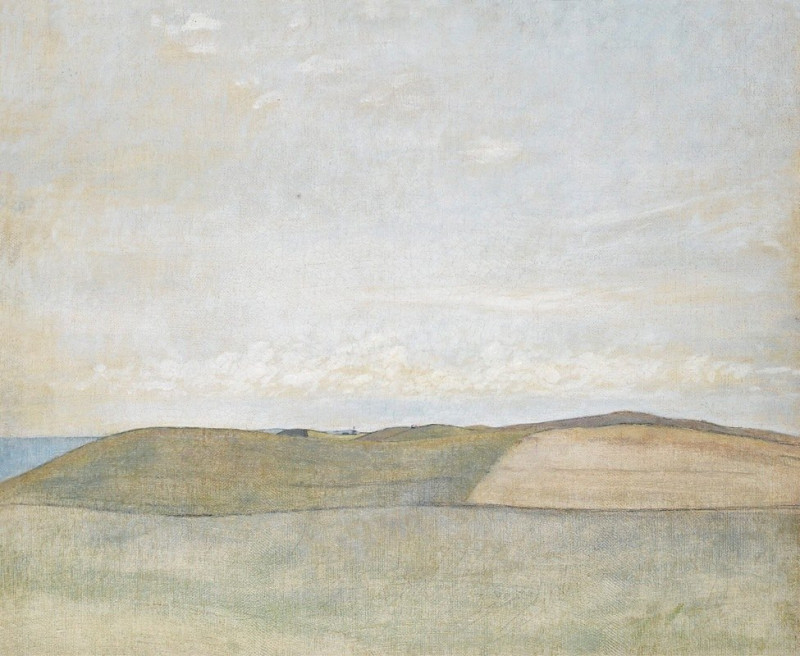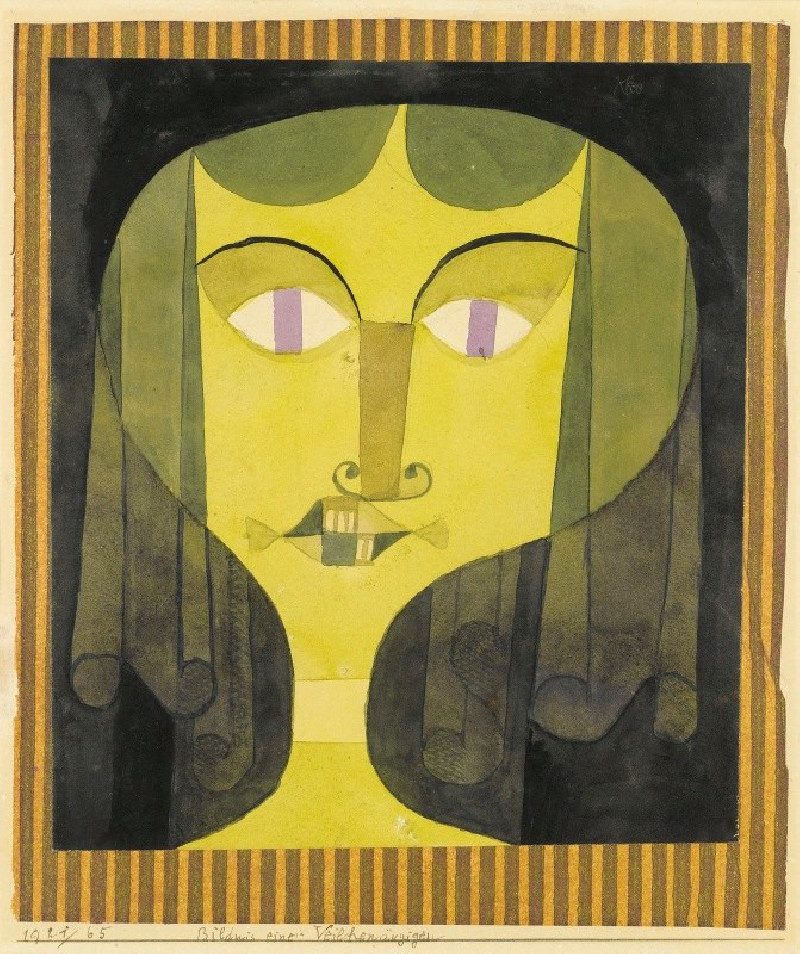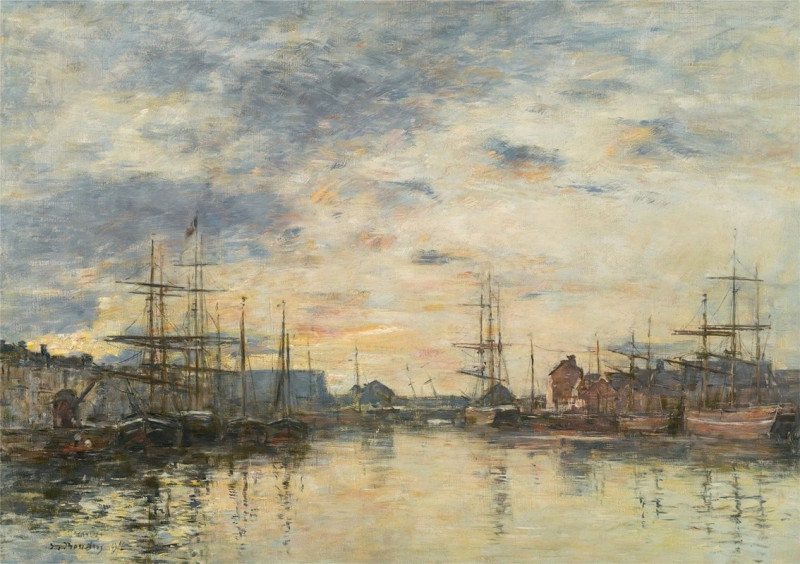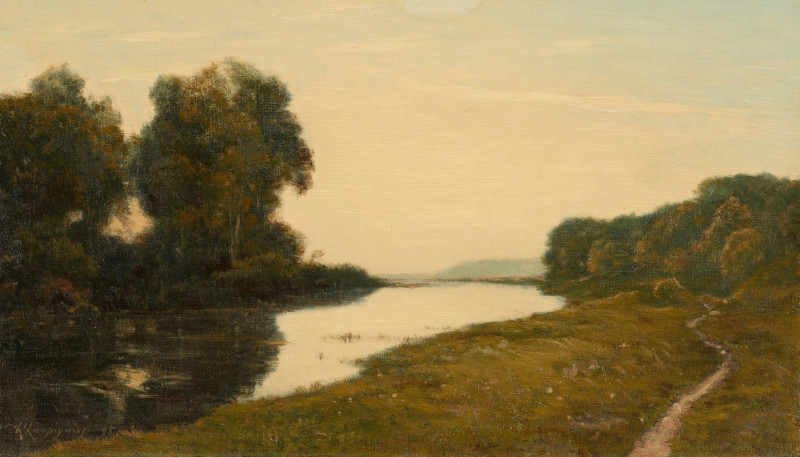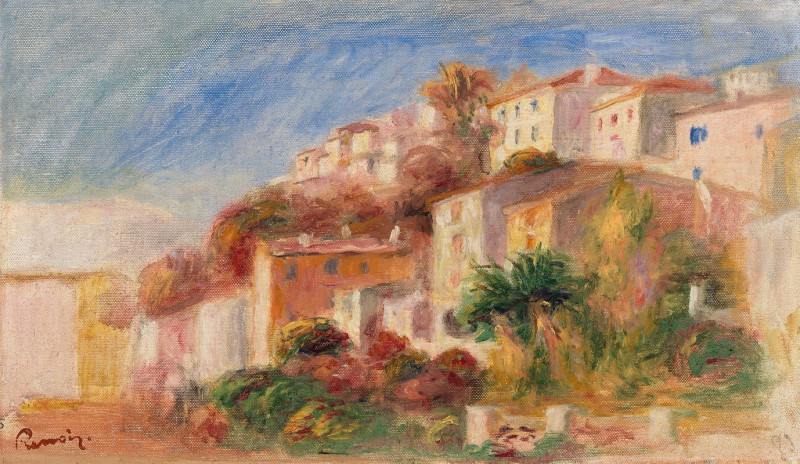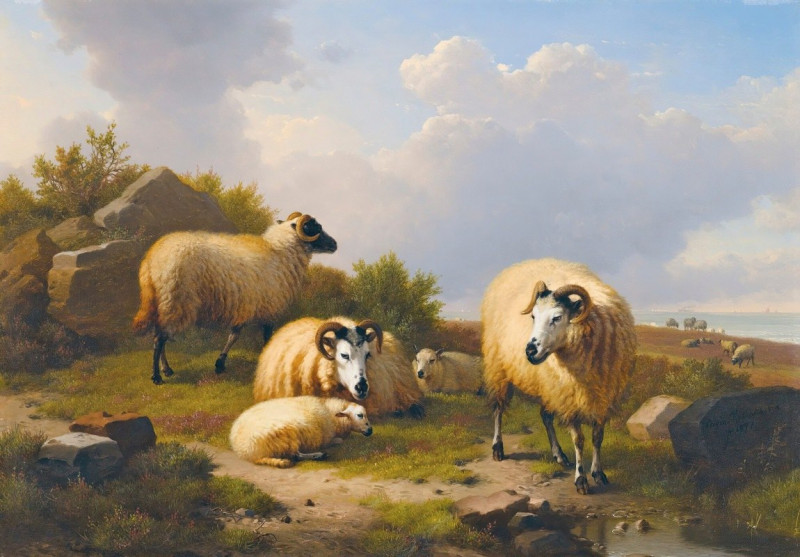Moored Boats (1905)
Technique: Giclée quality print
Recommended by our customers
More about this artwork
In this exquisite watercolor painting by Giovanni Boldini, titled "Moored Boats," viewers are transported to a serene maritime scene, capturing a moment of tranquility by the water's edge. Painted in 1905, this piece artfully depicts several boats gently moored at a dock, evoking a sense of quietude and rest for the day’s end.Boldini’s use of muted earth tones, coupled with dashes of stark black and soft grays, creates a harmonious ambiance that balances both the clarity of the boats in the foreground and the beautifully gestural brushstrokes suggesting trees and perhaps distant architecture. This technique allows the eye to wander leisurely from one section of the composition to the other, appreciating the subtle interplay of light and shadow.The sky, washed with light gray and hints of blue, seems to echo the placid water below, further enhancing the overall calmness. This magnificent piece not only showcases Boldini's skill in portraying light and atmosphere but also his unique ability to convey mood through his masterful handling of watercolors.


